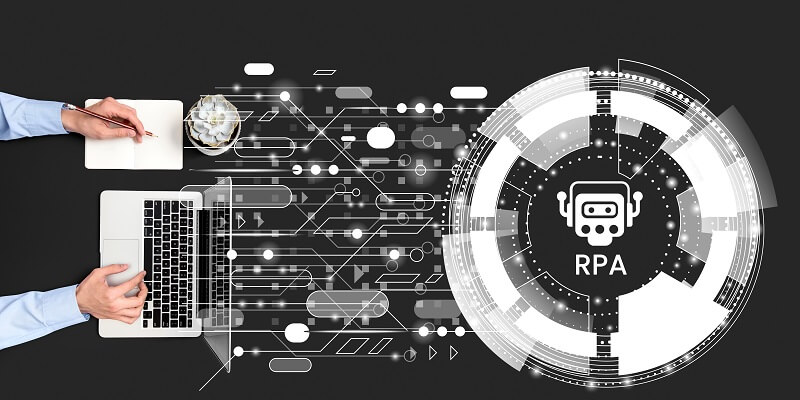In today’s fast-paced business world, organizations are constantly seeking innovative solutions to automate time-consuming and repetitive tasks. Robotic Process Automation (RPA) has emerged as a transformative technology, enabling businesses to streamline operations, reduce costs, and enhance productivity. This article delves into the world of RPA tools, highlighting their benefits, functionality, and some popular examples in the market.
Benefits of RPA
One of the primary advantages of deploying RPA tools is the significant boost in efficiency they offer. Mundane and repetitive tasks that were traditionally handled by human personnel can now be automated using bots. This automation allows employees to redirect their efforts towards more strategic and value-added activities, resulting in enhanced operational efficiency.
Cost savings
In addition to increased efficiency, RPA also enables organizations to achieve substantial cost savings. By automating tasks previously performed by human workers, businesses can drastically reduce labor costs. Moreover, the automation of various processes leads to fewer errors and rework, further reducing operational costs and improving the overall financial health of the organization.
Scalability
RPA tools are inherently flexible and scalable, accommodating the evolving needs of a business. As organizational requirements change, RPA solutions can easily be scaled up or down to meet these demands, allowing for a seamless integration of automated processes across different departments and functions.
Improved accuracy and compliance
Human errors are an inherent part of manual tasks. RPA minimizes these errors by following predefined rules and processes, thereby significantly improving accuracy and compliance. The automation of tasks also ensures adherence to regulatory requirements, reducing the risk of non-compliance and associated penalties.
Integration with legacy systems
Implementing new technologies can sometimes be challenging, especially when dealing with existing IT infrastructures and legacy systems. RPA tools are designed to seamlessly integrate with these systems, eliminating the need for significant infrastructure changes. This integration empowers organizations to automate without compromising their existing systems, resulting in a smoother and more efficient transition.
IOverview of RPA Tools
At the core of RPA technology is the use of bots that mimic human actions to automate tasks within software applications. These bots can perform a wide range of activities such as data entry, data extraction, form processing, report generation, and much more. By utilizing these bots, organizations can significantly reduce manual effort and improve operational efficiency.
Development Environments for Building Sequences
RPA solutions provide user-friendly development environments that enable non-technical users to build sequences of actions that the bots can then execute. These environments typically involve drag-and-drop functionality, empowering users to create automated workflows without the need for extensive programming knowledge. This ease of use makes RPA tools accessible to a wider range of users within an organization.
Kofax RPA
Kofax RPA stands out as a highly flexible tool that offers a wide range of capabilities. In addition to traditional task automation, Kofax RPA excels in web scraping and image recognition. This enables organizations to automate web-based activities such as data extraction from websites or recognition of images for analysis.
Power Automate (formerly Microsoft Flow)
Power Automate, previously known as Microsoft Flow, is a cloud-based RPA tool offered by Microsoft. This tool provides a seamless experience for automating workflows across various applications and services, both within and outside the Microsoft ecosystem. With Power Automate, organizations can leverage the power of the cloud to automate tasks and achieve greater efficiency.
WorkFusion
WorkFusion is a comprehensive RPA tool that boasts a wide array of features and functions. Its visual process designer simplifies the creation of bots by offering a user-friendly interface. WorkFusion also leverages machine learning algorithms, enabling the automation of complex tasks that require intelligent decision-making. Furthermore, WorkFusion’s powerful scripting language allows organizations to customize automation processes according to their unique requirements.
RPA tools have emerged as game-changers, revolutionizing business operations by automating mundane and repetitive tasks. The benefits of increased efficiency, cost savings, scalability, improved accuracy, and compliance offered by RPA are undeniable. Furthermore, their compatibility with legacy systems and integration capabilities make them an attractive solution for organizations across various industries. While Kofax RPA, Power Automate (formerly Microsoft Flow), and WorkFusion are just a few examples of the numerous RPA tools available in the market, organizations must carefully assess their specific requirements and choose the tool that best aligns with their needs. By selecting the right RPA tool, organizations can unlock the full potential of automation, maximizing efficiency, and achieving operational excellence.

